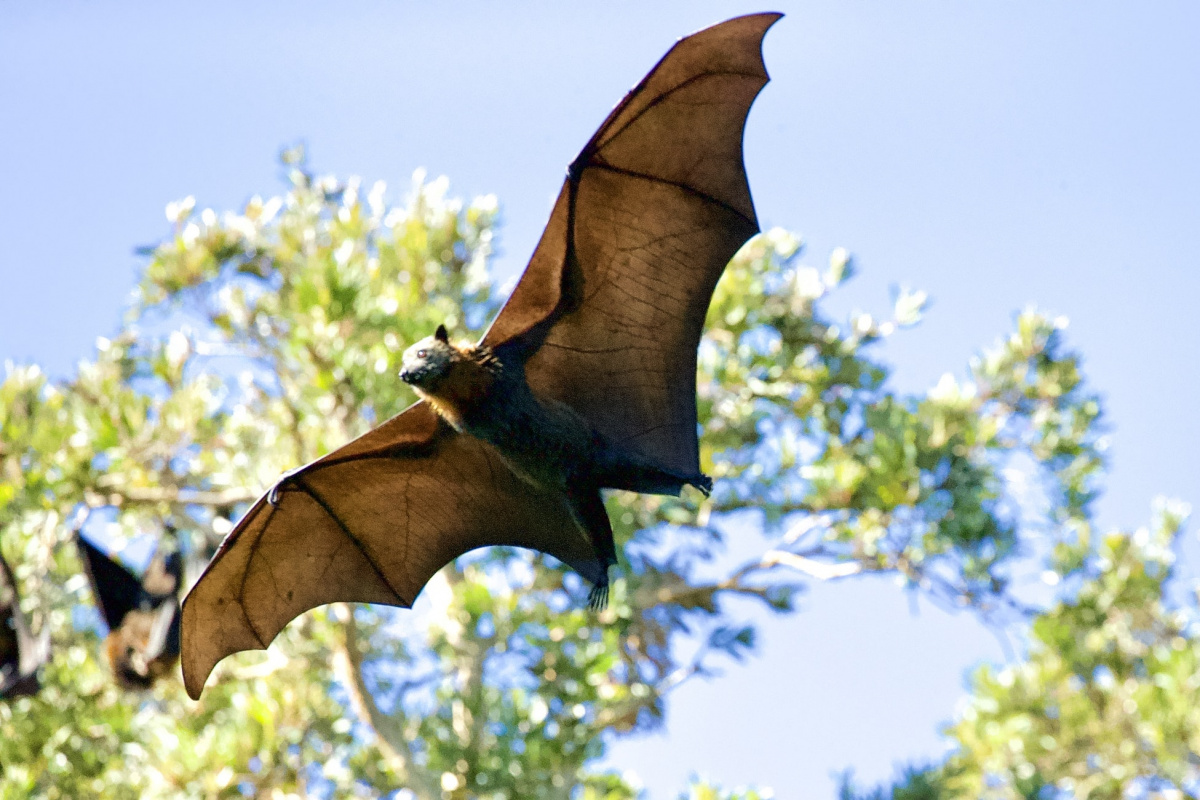

The real Dracula of the animal world was discovered by scientists in a cave near the Argentine city of Miramar. During paleontological excavations from the sediments of the Pleistocene era, the jaw of a giant vampire bat was extracted, which received the famous prefix to the name - Desmodus draculae.
The jawbone of an extinct 100,000-year-old bloodsucker may provide a clue to the past of this species. Giant vampire bats lived during the Pleistocene in Central and South America. It is one of the largest vampire bats ever - about 30 percent larger than its closest living relative, the common vampire bat, with a wingspan of about 50 cm.
Other remains have been found that are recent enough not to be fossilized, suggesting that the species may have become extinct just a few hundred years ago.
Today, only three of the 1,400 known bat species are vampire bats that live exclusively on the blood of other creatures. It is noteworthy that there are no vampire bats in Europe, they live only in Central and South America. Their lifespan in the wild is about nine years, but without blood they can starve to death in just 48 hours.
 Blogs
Blogs
